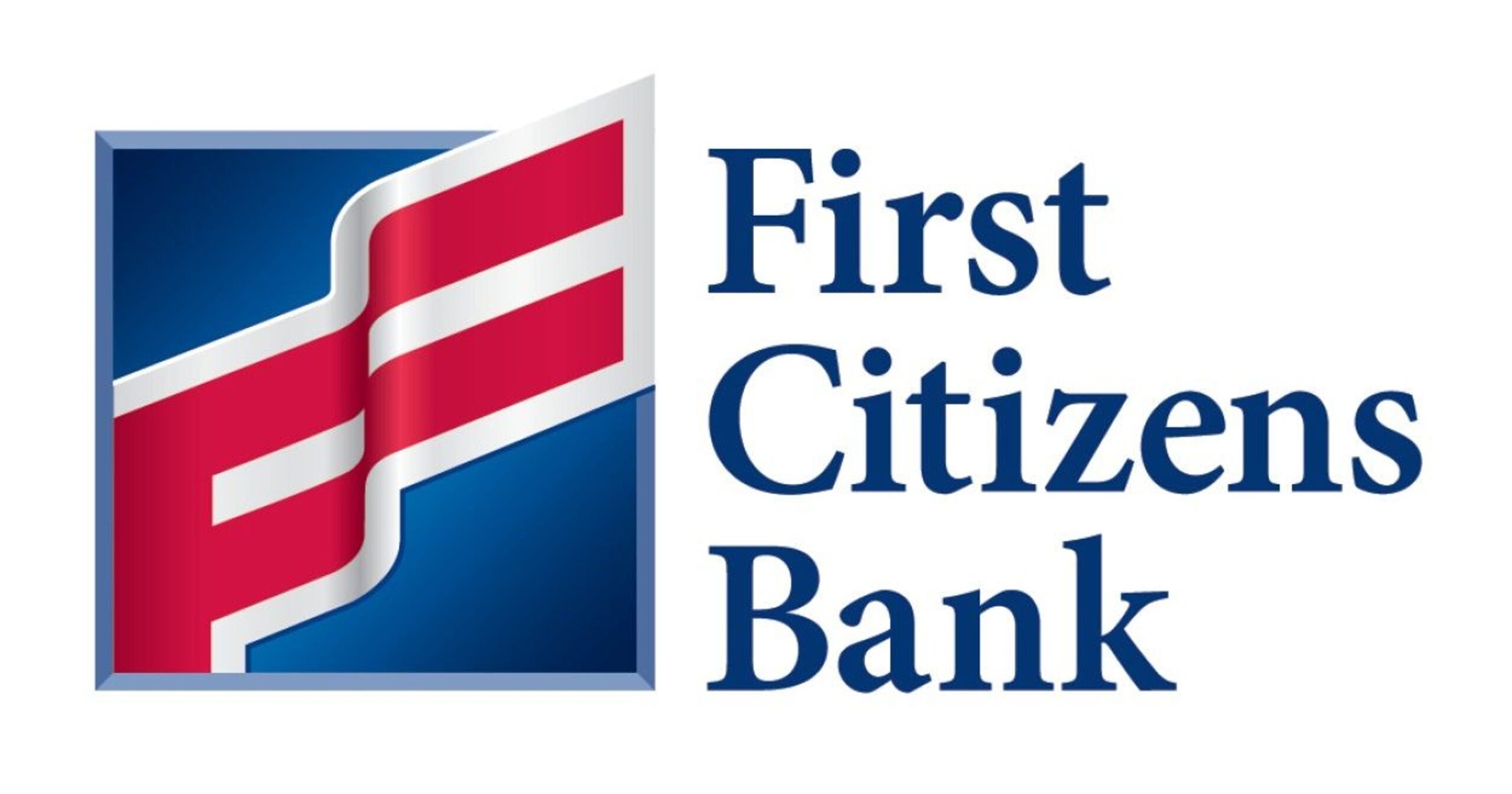US 70 Multimodal Junior Freeway Concept
- May 30, 2024
- Posted by: Jacob Rigg
- Category: Blog
RTA members and partners,
The US 70 corridor in eastern Durham County is a vital corridor for the region — and it will be increasingly so as our region grows.
We need the corridor to perform a variety of “to” and “through” purposes — mobility, access, and connectivity — and those demands will become more important over time.
It is clear that US 70 is due for an upgrade, and it is equally clear that any “improvement” must be done to do so in a way that is consistent with the goals of the community and the region, particularly including our key partners at RTA Leadership Team member the Durham-Chapel Hill-Carrboro MPO, as well as the regional and statewide mobility responsibilities of NCDOT.
We have spoken about the future of this corridor previously, and at length, and you can review an earlier RTA blog on the topic here.
This week I spoke during public comment at the DCHC MPO meeting about an RTA request to include a multimodal junior freeway concept along the existing US 70 corridor alignment as a primary study alternative for the next phase of the study of US 70 in eastern Durham County. This would be in addition to the currently proposed boulevard/superstreet and new location freeway alternatives for US 70 between I-885 and west of I-540 in Durham County.
The multimodal junior freeway concept contains several components:
- Far shorter distances between exits to increase access to businesses, in concert with the street network and frontage/backage roadways
- Reduced off-ramp and on-ramp speeds as needed to minimize property impacts and improve safety for vulnerable users
- Elimination of all traffic signals to improve traffic flow, reduce delay, and decrease the number of through lanes needed for a given capacity
- Removal of all at-grade crossings and direct driveway accesses to improve safety for all users
- Additional pedestrian-bicycle crossings between full interchanges to reduce barriers and enhance accessibility
- Parallel walking/bicycle trail on one or both sides of roadway, and/or along parallel roadways, to improve multimodal through travel
- Incorporation of dynamic transit priority shoulders – on the inside, adjacent to the median – for future regional BRT/FAST transit linkages
To be clear — it is not the RTA position that a multimodal junior freeway is the “best” option. It is, however, our view that such a framework has the potential of meeting several of the stated goals of various local, regional, and state partners.
We continue to be supportive of a multimodal freeway design on new location coupled with a reimagining of the existing US 70 corridor, and we also remain open to a boulevard concept. In addition, we support the inclusion of multimodal transit priority measures (e.g., dynamic transit priority shoulders) in all concepts to maximize transit funding opportunities through NCDOT Complete Streets policy and to preserve future regional transit connectivity.
See below for two examples of multimodal junior freeways elsewhere. Please let me know your thoughts and if you have any questions.
Let’s get moving,
Joe
Let’s get moving,
Joe Milazzo II, PE
RTA executive director
—
Bonus reading: Multimodal Junior Freeways — examples elsewhere
The US 50/301 corridor in Queen Anne’s County, Maryland is part of the National Highway System (like US 70 in Durham County). While it is in a rural area and several multimodal elements are not present, it does incorporate each of the first four bullets and as well as part of a multimodal bicycle trail. For example, one roadway segment has 4 exits within one mile (street view). Low-speed off ramps are common (ref 1, ref 2), all of which connect with an acceleration/deceleration lane for safety. All signals and at-grade crossings have been removed throughout the entire 10 mile corridor between the Chesapeake Bay Bridge and the 50/301 split. In addition there is a parallel bicycle trail for several miles (ref 1, ref 2, ref 3).
Closer to home, the US 421 Salem Parkway corridor in Winston-Salem, also part of the National Highway System, provides a more urban example. An award-winning reconstruction project, the corridor also incorporates multiple exits per mile, with one segment close to downtown having 10 off-ramps within a 4 mile westbound stretch (street view), although the project actually removed a prior interchange and modernized a number of ramps. It also includes multiple iconic pedestrian bridges (Green Street, Strollway), pedestrian elements on crossing roadways including a see-through sound wall and a parallel, soon-to-be-extended, multi-use path, and a community driven solution to enhancing the roadway.

























